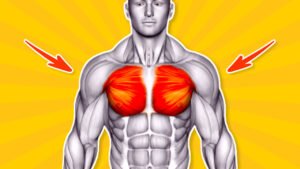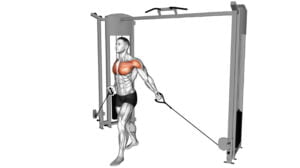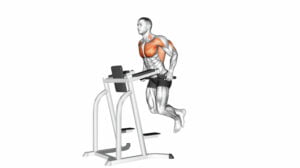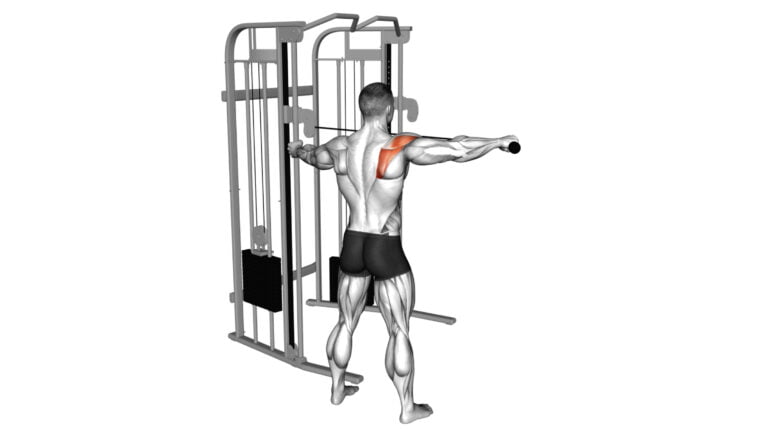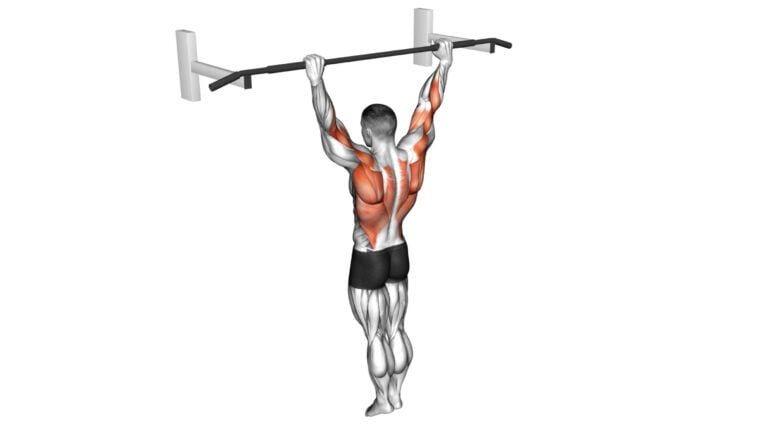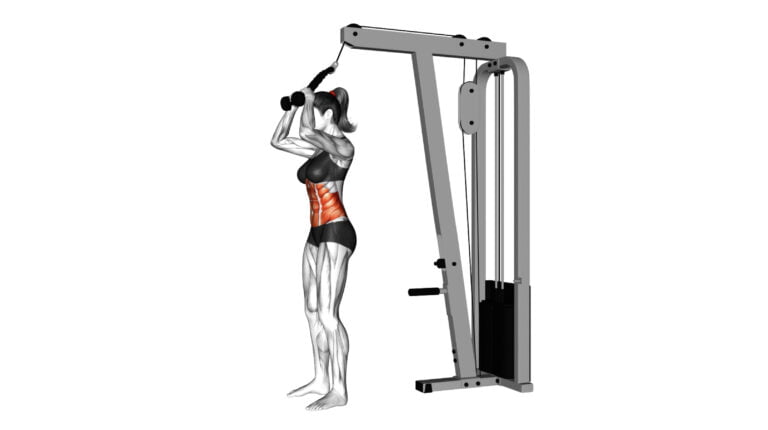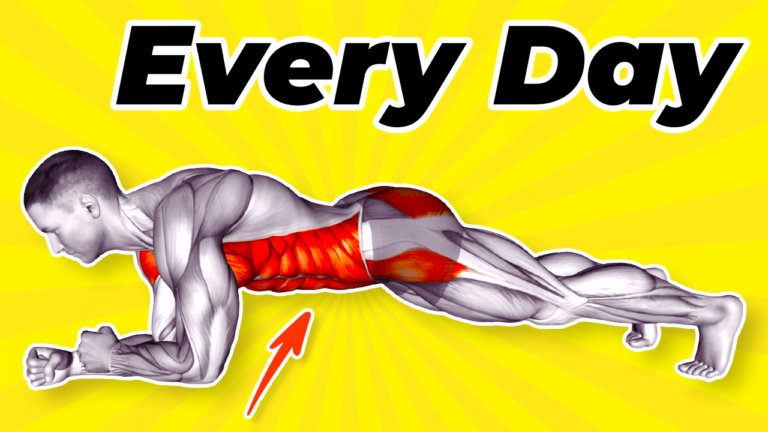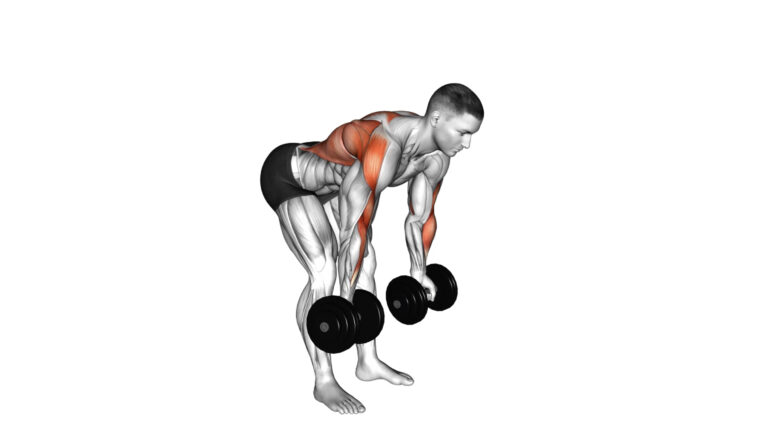7 Effective Cable Chest Exercises For Optimal Pec Development
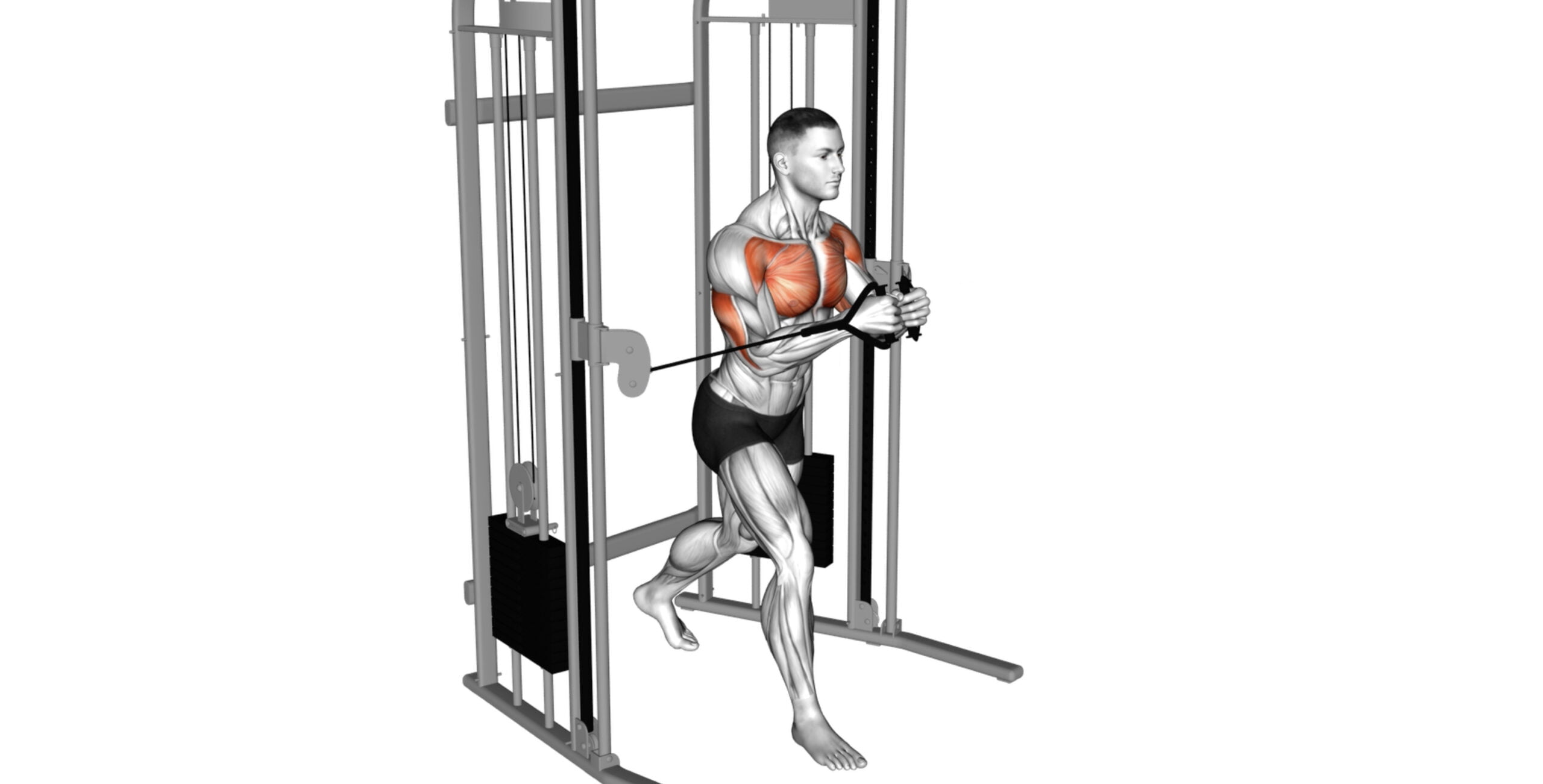
Building formidable pectoral muscles is no small feat, but leveraging cable chest exercises can be your game-changer. Having spearheaded numerous fitness transformations, I’ve witnessed firsthand how a strategic mix of resistance training can sculpt the chest into a picture of strength and vitality.
With an extensive background in bodybuilding and personal training, my approach synthesizes science-backed techniques to maximize muscle activation and growth.
The intricate webbing of cables at your local gym isn’t just for show—it’s a powerhouse tool for targeting the pecs with unparalleled precision. This article will dissect seven top-tier cable maneuvers that stimulate every fiber within your pectoral domain.
The real kicker? One study revealed that participants performing cable exercises experienced heightened muscle activity compared to those using free weights alone. Stay tuned as we delve deep and unravel these workouts method by step—all you need is steadfast commitment, and robust pecs could soon be yours.
Key Takeaways
- Cable chest exercises provide versatility in workouts by allowing you to target different areas of the pectoral muscles from multiple angles, leading to balanced muscle development.
- These exercises offer safety benefits over free weights due to controlled movements that reduce injury risk and ensure proper form, making them suitable for all levels including beginners.
- Using cables ensures constant tension on the muscles, which improves muscle activation and can lead to more effective strength building compared to some traditional exercises like bench presses.
- Adjusting the cable machine’s settings allows for a customized workout experience that can cater to individual needs and fitness goals, ensuring progression and better results over time.
- The article provides an array of specific cable chest workouts tailored for beginner, intermediate, and advanced levels so users can progressively challenge their pecs as they gain strength and experience.
Benefits of Cable Chest Exercises
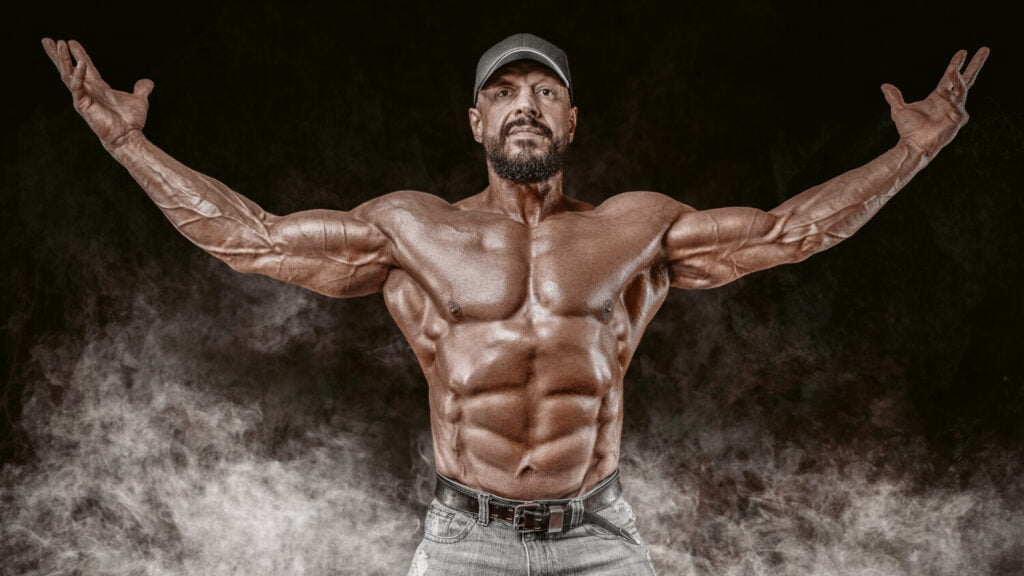
Cable chest exercises offer versatility, safety, and enhanced muscle activation. The adjustability of cable machines allows for a wide range of motion and the ability to target specific areas of the chest.
Versatility
Chest cable exercises showcase remarkable versatility, allowing you to hit your pectoral muscles from various angles. With a simple adjustment of the pulleys, you can target the upper, middle, and lower sections of your pecs for balanced development.
Whether it’s the chest fly or press variations, each movement recruits different fibers in your pectoralis major and minor. This adaptability is also perfect for engaging supporting muscle groups like shoulders and triceps.
Switching between movements on a cable machine keeps your workouts fresh and challenging. You’re not just limited to horizontal push-pull motions either; with cables, you can incorporate rotational exercises that strengthen stabilizer muscles around the scapula and improve shoulder health.
Next up: let’s consider safety aspects that enhance every workout session on cable machines.
Safety
Moving from the adaptability of cable exercises, we also prioritize safety during chest workouts. Cable machines offer controlled movements that prevent the jerking and sudden drops that free weights can cause, reducing the risk of injury to your pecs or shoulder blades.
With adjustable weight stacks and secure cables, you get stable resistance throughout each rep.
Executing a proper form is simpler with cables as they guide your arms along a fixed path, maintaining tension on your pectorals while keeping joints like elbows and shoulders protected.
This focus on correct movement patterns ensures muscle development without unnecessary strain. Engaging in these best cable chest exercises lets you push for progression while minimizing downtime due to mishaps or overextension injuries common with dumbbells or barbells.
Muscle Activation
Cable chest exercises provide a unique challenge for muscle activation that traditional bench presses can’t match. As you engage in cable exercises for your chest, each movement forces the pec muscles to stabilize and work through a full range of motion.
This constant tension from cables ensures your pec major, front delts, and serratus anterior are activated throughout the exercise, leading to more efficient strength building and potentially quicker development.
By focusing on maintaining proper form during these movements, you also promote better mind-muscle connection—a key factor in maximizing muscle growth. With muscles under continuous stress, you’re not only working towards chiseled aesthetics but also enhancing functional upper body strength.
Next up are some specific cable chest exercises that turn all this activation into real results.
Adjustability
To optimize your cable chest exercises, adjustability is key. The ability to easily modify weight resistance and the height of the cable machine allows you to target specific areas of your chest and adapt to different exercise variations.
This feature enables you to fine-tune your workout based on your personal strength, range of motion, and fitness goals. By adjusting the settings accordingly, you can effectively challenge your muscles for continuous improvement and greater gains in pec development.
This flexibility lets you customize each exercise to suit your individual needs while also accommodating any limitations or preferences that may arise during your workout routine. With this level of control, you can ensure that every rep counts towards sculpting a well-defined chest that meets your fitness aspirations.
The 7 Most Effective Cable Chest Exercises
Get ready to sculpt your pecs with these powerful cable exercises. Read on to learn how each exercise can optimize your chest development and take your workouts to the next level.
1. Cable Standing Fly
To perform a cable standing fly, begin by positioning the pulleys at shoulder height and selecting an appropriate weight. Stand in the middle of the cable machine and hold one handle in each hand.
With a slight bend in your elbows, bring your arms forward until they are parallel to the ground, then slowly return to the starting position. This exercise targets your chest muscles while engaging your shoulders and triceps for stability.
Maintain proper form throughout the movement to maximize muscle activation and prevent injury. Focus on controlled movements and emphasize the stretch at the bottom of each repetition for optimal results.
Incorporating cable standing flies into your chest workout routine can help enhance overall pec development and improve upper body strength.
2. Cable Lying Fly
The cable lying fly is an effective exercise for targeting the chest muscles, particularly the pectoralis major. To perform this exercise, lie on a flat bench with a cable machine positioned at each side of your body.
Grasp the handles with an overhand grip and extend your arms upward until they are parallel to the floor, keeping a slight bend in your elbows. Slowly bring the handles together over your chest while maintaining control and squeezing your pecs at the top of the movement.
This exercise provides an excellent stretch and contraction for the chest muscles, helping to enhance muscle development and strength. It also helps improve stability and control during chest movements.
Incorporating cable lying flies into your workout routine can contribute to a well-rounded chest training regimen, promoting balanced muscular development across different angles. This exercise is beneficial for individuals aiming to build overall chest strength and definition.
3. Cable Low Fly
Transitioning from the Cable Lying Fly to the Cable Low Fly, this exercise targets the lower portion of your chest muscles. Begin by setting the handles on the cable machine at a low position.
Stand facing away from the machine and grab each handle with an underhand grip. With a slight bend in your elbows, bring your hands together in front of you, engaging your chest muscles throughout the movement.
To perform Cable Low Fly effectively, maintain control as you return to the starting position without letting the weight stack touch down. Focus on squeezing your chest at the top of each repetition for optimal muscle engagement.
4. Cable Low Chest Press
The cable low chest press targets the lower pectoral muscles, aiding in full pec development. The exercise involves using a cable machine with adjustable handles to perform a pressing motion from a low position.
This movement effectively activates the chest muscles and promotes strength and definition. By adjusting the weight and handle position, individuals can tailor the resistance for optimal muscle engagement.
To maximize the benefits of this exercise, focus on maintaining proper form throughout each repetition. Ensure that your movements are controlled and deliberate to prevent strain or injury.
5. Cable Kneeling High to Low Fly
To perform the Cable Kneeling High to Low Fly, start by attaching D-handles to both sides of a low cable pulley. Then, kneel facing away from the machine with your torso slightly leaned forward.
Grab the handles and bring your arms together in front of you while keeping a slight bend in your elbows. Slowly return to the starting position, feeling a stretch in your chest.
By incorporating this exercise into your workout routine, you’ll effectively target the upper pecs while also engaging the anterior deltoids and triceps. It’s an excellent movement for promoting complete muscle development across the chest and enhancing overall upper body strength.
6. Cable Incline Fly
When performing the cable incline fly, stand in front of a cable machine and adjust the pulleys to the highest position. Grasp each handle with an overhand grip and take a step forward to create tension in the cables.
With your back against the pad, lean slightly forward and bring your arms together in a wide arc until they meet in front of your chest. Focus on squeezing your chest muscles at the top of the movement before returning to the starting position.
Engaging in regular cable incline fly exercises can effectively target and develop your upper chest muscles while also engaging stabilizing muscles for improved overall strength and stability during pressing movements.
Incorporating this exercise into your workout routine can contribute significantly to well-rounded pec development.
7. Cable Decline Press
The cable decline press targets the lower portion of the chest, stimulating muscle growth and strength. Lie on a decline bench and grasp the cables attached to it, then push the handles forward in a wide arc until your arms are almost straight but not locked out.
This exercise emphasizes the sternal head of your pectoralis major, helping you build fullness in your lower pecs while also engaging your triceps.
By incorporating cable decline presses into your chest workout routine, you can effectively work on developing a well-rounded and balanced chest appearance that complements upper body strength.
This is achieved by focusing on activating specific muscle groups through controlled movements and resistance. Moving onto challenging exercises like these will help take your chest workouts to new heights.
Tips and Tricks for Getting the Most Out of Each Exercise
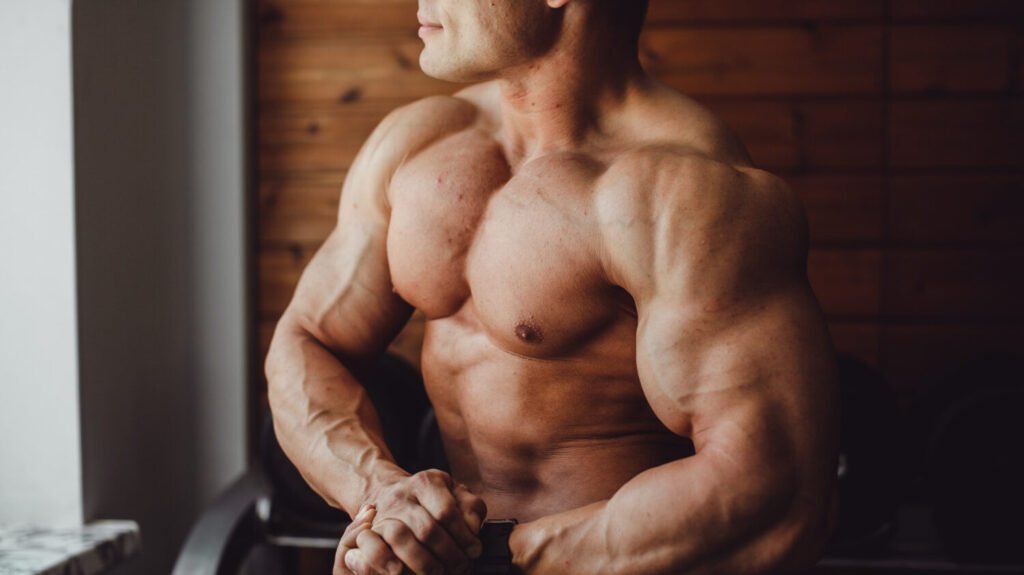
To maximize the effectiveness of each cable chest exercise, focus on maintaining proper form and technique. Avoid common mistakes such as arching your back or using momentum to lift the weight.
Additionally, ensure you are performing the recommended sets and reps for each exercise to see optimal results in your chest development. With dedication and consistency, you can achieve significant progress in strengthening and sculpting your pecs.
Common Mistakes
Avoid flaring your elbows out too wide during cable chest exercises as it can strain your shoulder joints.
- Neglecting proper form and technique, which can lead to injuries and reduced effectiveness of the exercises.
- Using excessive weight that compromises form and places unnecessary stress on the muscles and joints.
- Failing to engage the chest muscles fully by not focusing on the mind – muscle connection during each repetition.
- Inconsistent breathing patterns can hinder performance and reduce the effectiveness of the exercises.
- Not adjusting equipment properly for individual body mechanics, leading to suboptimal muscle activation and potential discomfort.
Recommended Sets And Reps
To maximize the effectiveness of your cable chest exercises, it’s essential to pair each exercise with the right number of sets and reps. This will help you achieve optimal muscle growth and strength gains. Here are the recommended sets and reps for each of the 7 most effective cable chest exercises:
Cable Standing Fly:
- Sets: 3-4
- Reps: 10-12
- Rest: 60 seconds between sets
Cable Lying Fly:
- Sets: 3-4
- Reps: 10-12
- Rest: 60 seconds between sets
Cable Low Fly:
- Sets: 3
- Reps: 12-15
- Rest: 45 seconds between sets
Cable Low Chest Press:
- Sets: 4
- Reps: 8-10
- Rest: 90 seconds between sets
Cable Kneeling High to Low Fly:
- Sets: 3
- Reps: 12-15
- Rest: 45 seconds between sets
Cable Incline Fly:
- Sets: 3
- Reps: 10 -12
- Rest : 60 -75seconds
Cable Decline Press:
- Sets : 4
- Reps : 8 -10
- Rest : 90 seconds.
How long to wait for workout results
After consistently following an effective workout routine, you can expect to start seeing noticeable changes in your physique within 4 to 8 weeks. However, the specific timeframe for results varies depending on factors such as individual fitness levels, genetic predisposition, and overall dedication to the program.
It’s essential to maintain a balanced approach and set realistic expectations while remaining committed and patient with the process.
Eat a Healthy Diet
After putting in the effort with your cable chest exercises, it’s essential to complement your hard work by eating a healthy diet. Incorporate a balance of lean proteins, complex carbohydrates, and healthy fats into your meals to support muscle recovery and growth.
Choose whole foods like chicken breast, fish, quinoa, sweet potatoes, avocados, and nuts to provide your body with the nutrients it needs for optimal performance during workouts.
Avoid processed foods high in sugar and unhealthy fats that can hinder progress and leave you feeling sluggish. Instead, focus on consuming nutrient-dense options that will fuel your body effectively.
Beginner, Intermediate, and Advanced Cable Chest Workouts
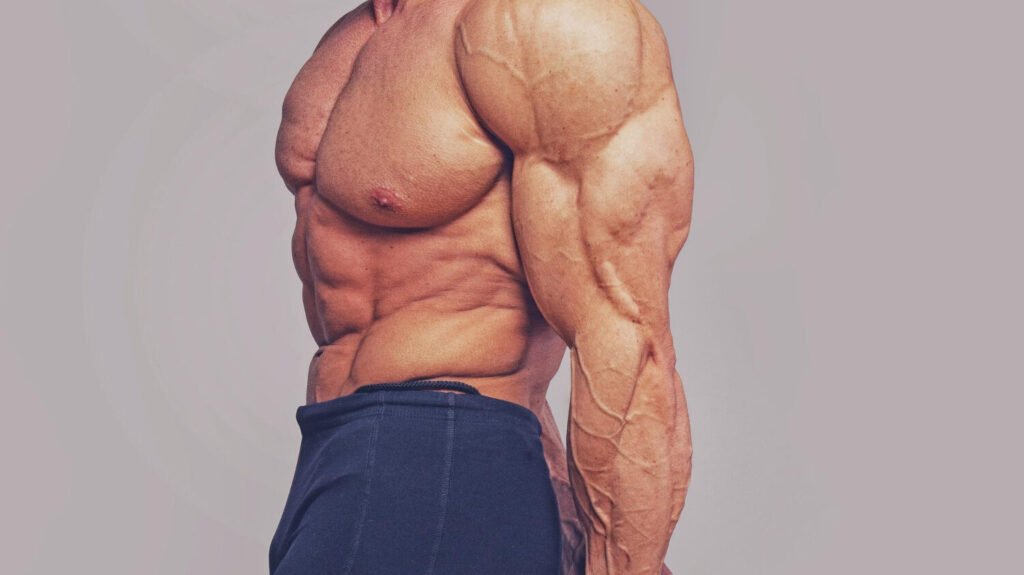
For beginners, start with lighter weight and focus on proper form. Intermediate workouts can incorporate more sets and reps to challenge the muscles. Advanced cable chest workouts should include heavier weights and advanced exercises to continue pushing the limits of strength and muscle development.
Beginner’s Workout
To kickstart a solid foundation in cable chest exercises, beginners can follow this beginner’s workout plan.
- Cable Standing Fly: Stand with feet shoulder-width apart and pull the cables together in front of your body at chest level, then return to the starting position.
- Cable Low Chest Press: Adjust the cables to a low setting and perform a pressing movement from a standing position.
- Cable Lying Fly: Lie on a bench and pull the cables together over your chest, focusing on the pec muscles.
- Cable Incline Fly: Adjust the cables to an upper position and perform flyes targeting the upper portion of your chest.
- Cable Decline Press: Alter the cables to a lower setting and execute a pressing movement while lying on a decline bench.
Intermediate Workout
Transitioning from the Beginner’s Workout to the Intermediate Workout, here are some exercises tailored for those looking to progress and challenge their chest training.
- Cable Standing Fly: Stand with feet shoulder-width apart, grasp cable handles, and bring arms forward in a wide arc until they meet in front of you. Slowly return to starting position.
- Cable Lying Fly: Lie on a flat bench and hold cable handles above your chest. Lower your arms out to the sides in a wide arc, then bring them back together over your chest.
- Cable Low Chest Press: Adjust the cables to a low setting, stand facing away from the machine, grasp handles at chest level, and push outward until arms are fully extended.
- Cable Kneeling High to Low Fly: Kneel down facing away from the machine, grab high pulleys with both hands and perform a fly motion downward and inward across the body.
- Cable Incline Fly: Adjust the cables to an upper position, sit on an incline bench and hold cable handles out to each side at shoulder height. Bring them together in front of you before returning to start.
- Cable Decline Press: Use a decline bench or angle one end of a regular bench downward slightly and perform a chest press while lying on it using the cable machine.
- Cable Low Fly: Set the cables low, lie on your back or kneel while leaning forward slightly and pull the cables horizontally across your body in an arcing motion.
Advanced Workout
Transitioning from the Intermediate Workout to the Advanced Workout, these exercises are designed to challenge your strength and endurance further while targeting your chest muscles for optimal development.
- Cable Crossover: Stand in the middle of two cable machines set at shoulder height. With one handle in each hand, pull both handles downward and across your body, crossing them over at the bottom of the movement. Squeeze your chest as you bring the handles together.
- Single-Arm Cable Chest Press: Adjust the pulleys on a cable machine to chest height. Grab a single handle with one hand and stand with your side facing the machine. Push the handle forward until your arm is straight, then slowly return to the starting position.
- Cable Chest Dip: Set up two parallel cables slightly wider than shoulder-width apart with a D-handle attached to each cable. Hold onto each handle and lean forward slightly as you lower yourself down into a dip, then push yourself back up.
- Cable Pullover: Attach a straight bar or rope handle to a high cable pulley and face away from the machine. Grasp the bar or rope with both hands overhead and pull it down in front of you, keeping your arms slightly bent as you stretch out your chest.
- Standing Cable Rotation: Stand perpendicular to a cable machine with the handle set close to shoulder height. Grasp the handle with both hands and rotate away from the machine, feeling a strong contraction in your chest as you twist.
- Alternating Single-Arm Cross Body Press: Set up two cables at different heights so that they cross over each other in front of you when standing in between them. Grab one handle with each hand and press them across your body one at a time, focusing on engaging your entire chest throughout.
- Isometric Chest Squeeze: Stand against a wall or post with a resistance band around your back and holding onto either end with each hand outstretched. Push outward against the band as hard as possible, ensuring constant tension through your pecs.
Conclusion
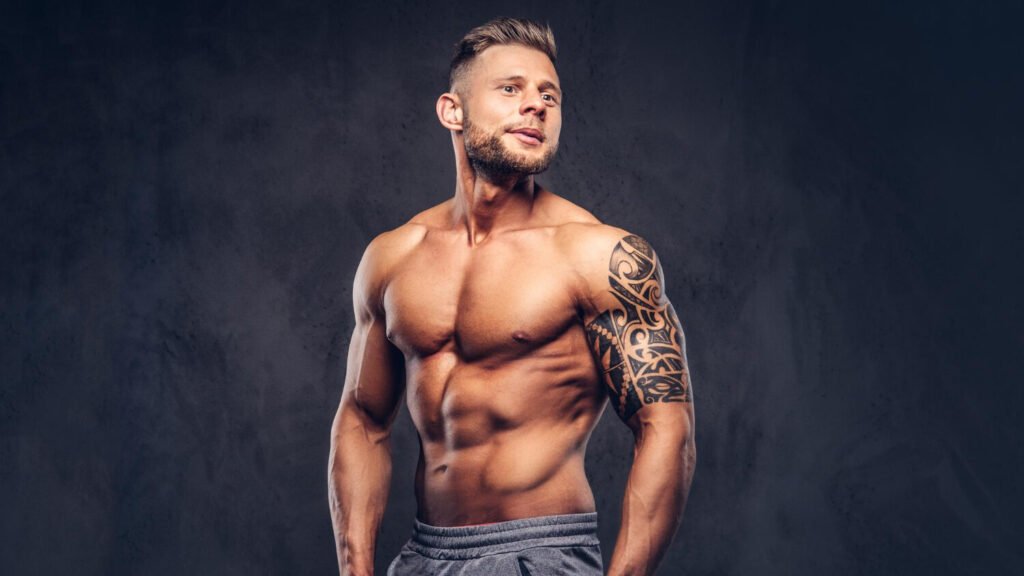
In conclusion, mastering these effective cable chest exercises is crucial for optimizing pec development. By regularly incorporating these workouts into your routine, you can achieve well-rounded and sculpted chest muscles.
Keep in mind that consistency is key to seeing noticeable progress and reaping the benefits of your hard work. Additionally, always focus on maintaining proper form and technique to avoid injury while performing these exercises.
Finally, remember to adjust the resistance based on your strength level to continually challenge and stimulate muscle growth.
FAQs
1. What are some effective cable chest exercises I can do for my pecs?
You can use the cable machine for a variety of chest exercises like the cable crossover, incline bench press, and pec fly to build your pectoral muscles.
2. How does using cables help with chest workouts?
Cable exercises for the chest provide constant tension on your muscles which is great for muscle building and can lead to better strength training results over time.
3. Can beginners do cable machine chest exercises safely?
Yes! Beginners can safely perform chest exercises with cables under the guidance of a personal trainer who can teach proper form and technique.
4. Besides working out my pecs, what other advantages come from these types of exercise?
Chest exercises on a cable machine also work supporting muscles such as your lats, triceps, and shoulders while improving core strength through stable movements.
5. Is it important to include both compound and isolation exercises in my routine?
Absolutely! Including both types of exercise like push-ups (compound) and dumbbell flies (isolation) ensures you target every part of your pecs effectively.
6. Should I increase weight or repetition to get better results from my workout?
For optimal development in muscle building, focus on progressive overload by gradually increasing either the weight you lift or the number of repetitions you complete.

Author
Years ago, the spark of my life’s passion ignited in my mind the moment I stepped into the local gym for the first time. The inaugural bead of perspiration, the initial endeavor, the very first surge of endorphins, and a sense of pride that washed over me post-workout marked the beginning of my deep-seated interest in strength sports, fitness, and sports nutrition. This very curiosity blossomed rapidly into a profound fascination, propelling me to earn a Master’s degree in Physical Education from the Academy of Physical Education in Krakow, followed by a Sports Manager diploma from the Jagiellonian University. My journey of growth led me to gain more specialized qualifications, such as being a certified personal trainer with a focus on sports dietetics, a lifeguard, and an instructor for wellness and corrective gymnastics. Theoretical knowledge paired seamlessly with practical experience, reinforcing my belief that the transformation of individuals under my guidance was also a reflection of my personal growth. This belief holds true even today. Each day, I strive to push the boundaries and explore new realms. These realms gently elevate me to greater heights. The unique combination of passion for my field and the continuous quest for growth fuels my drive to break new ground.





